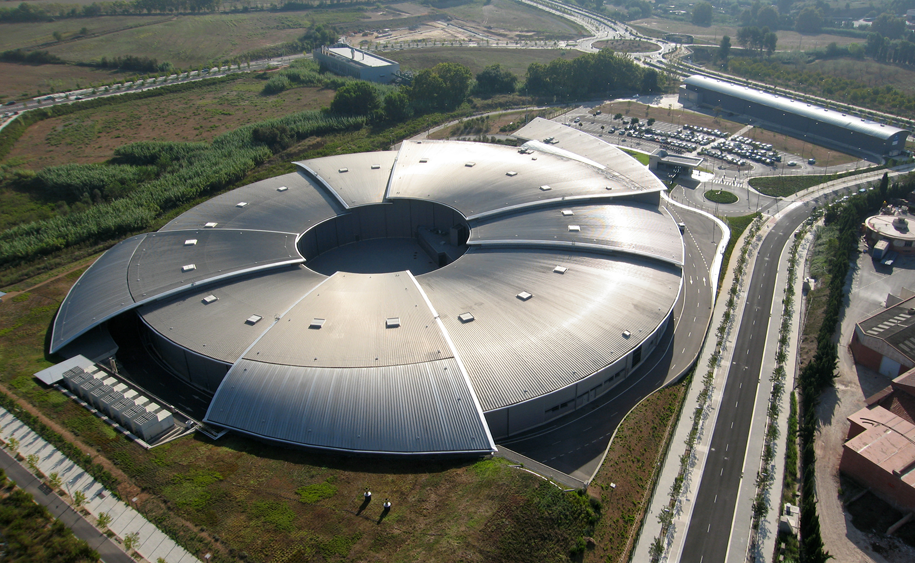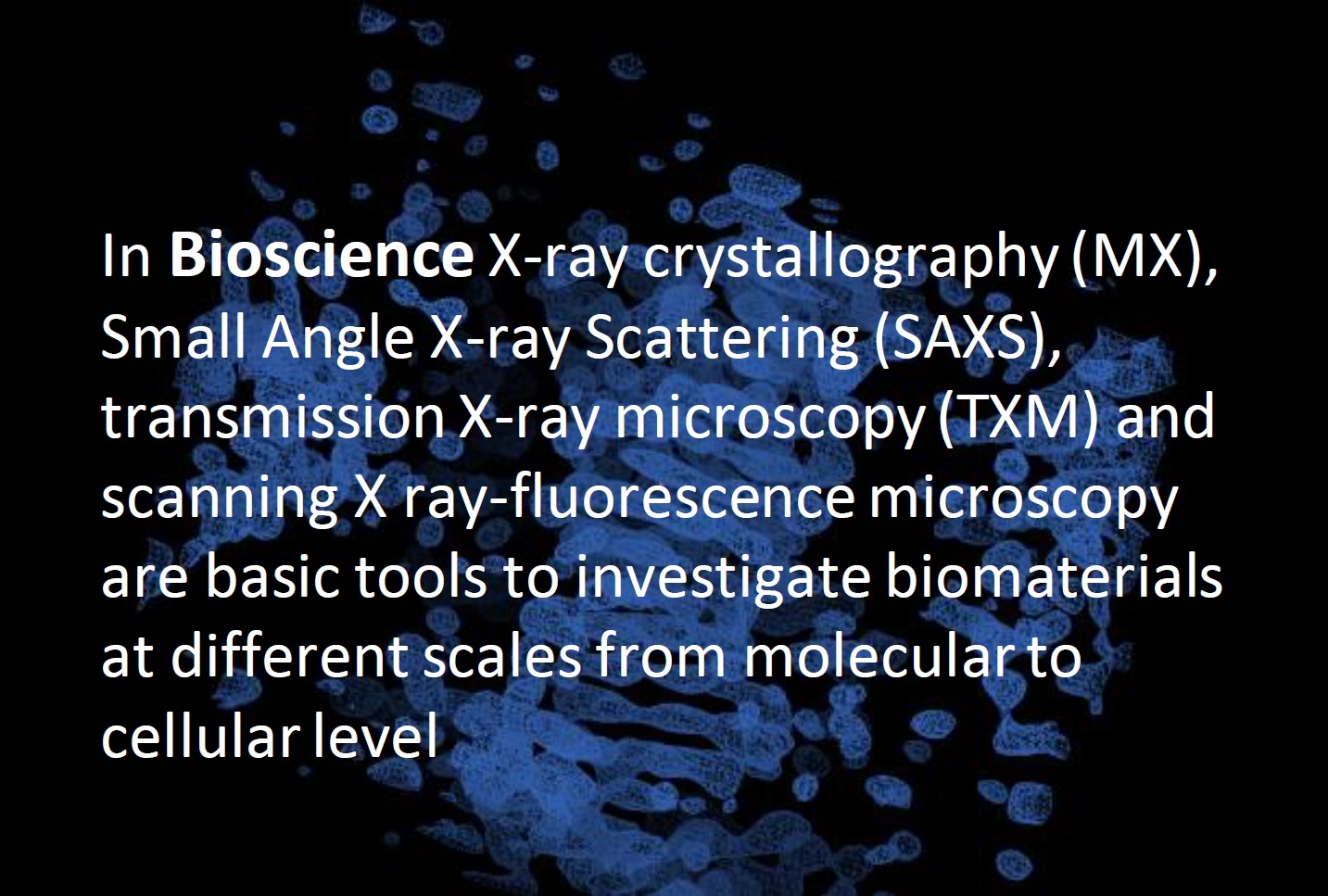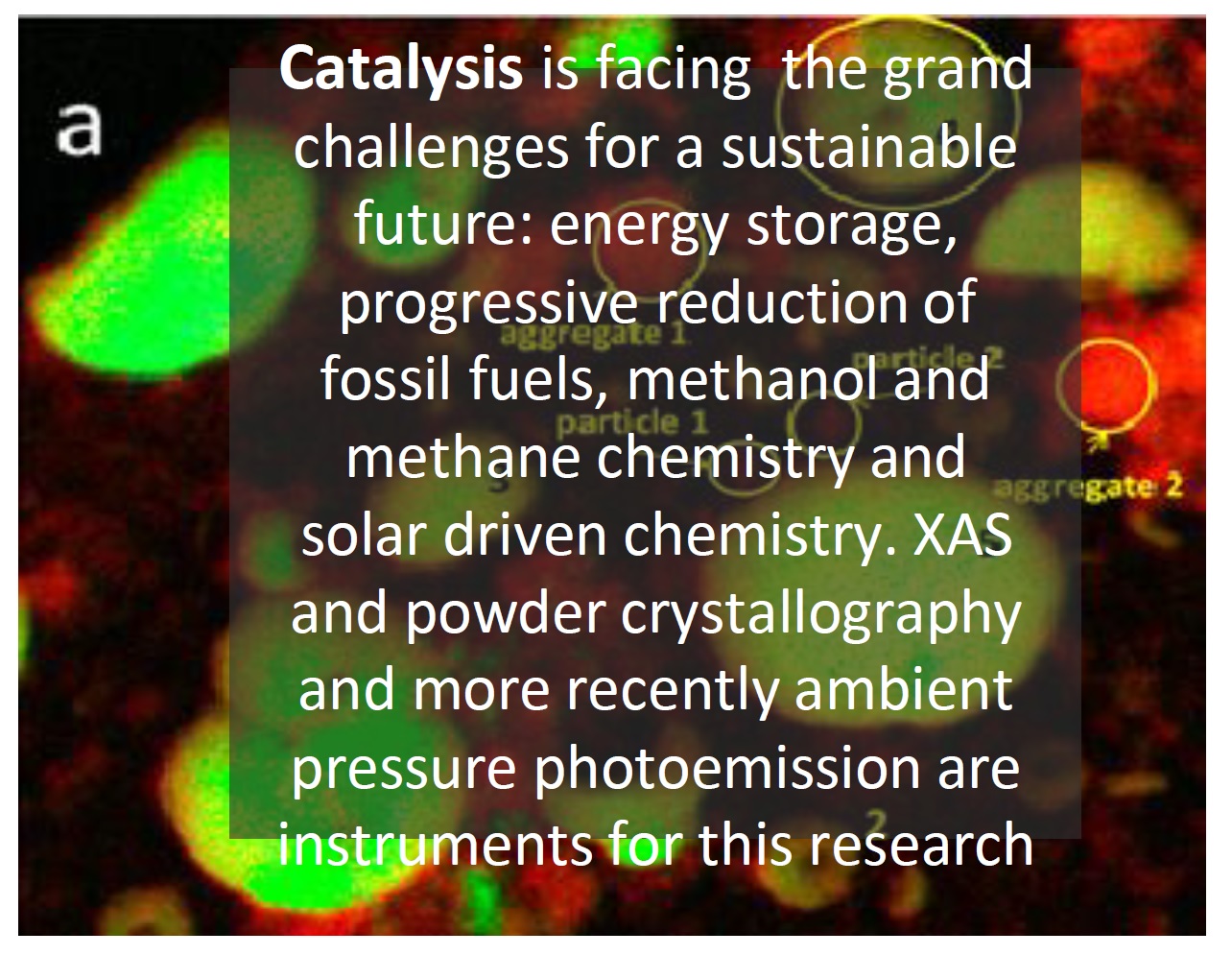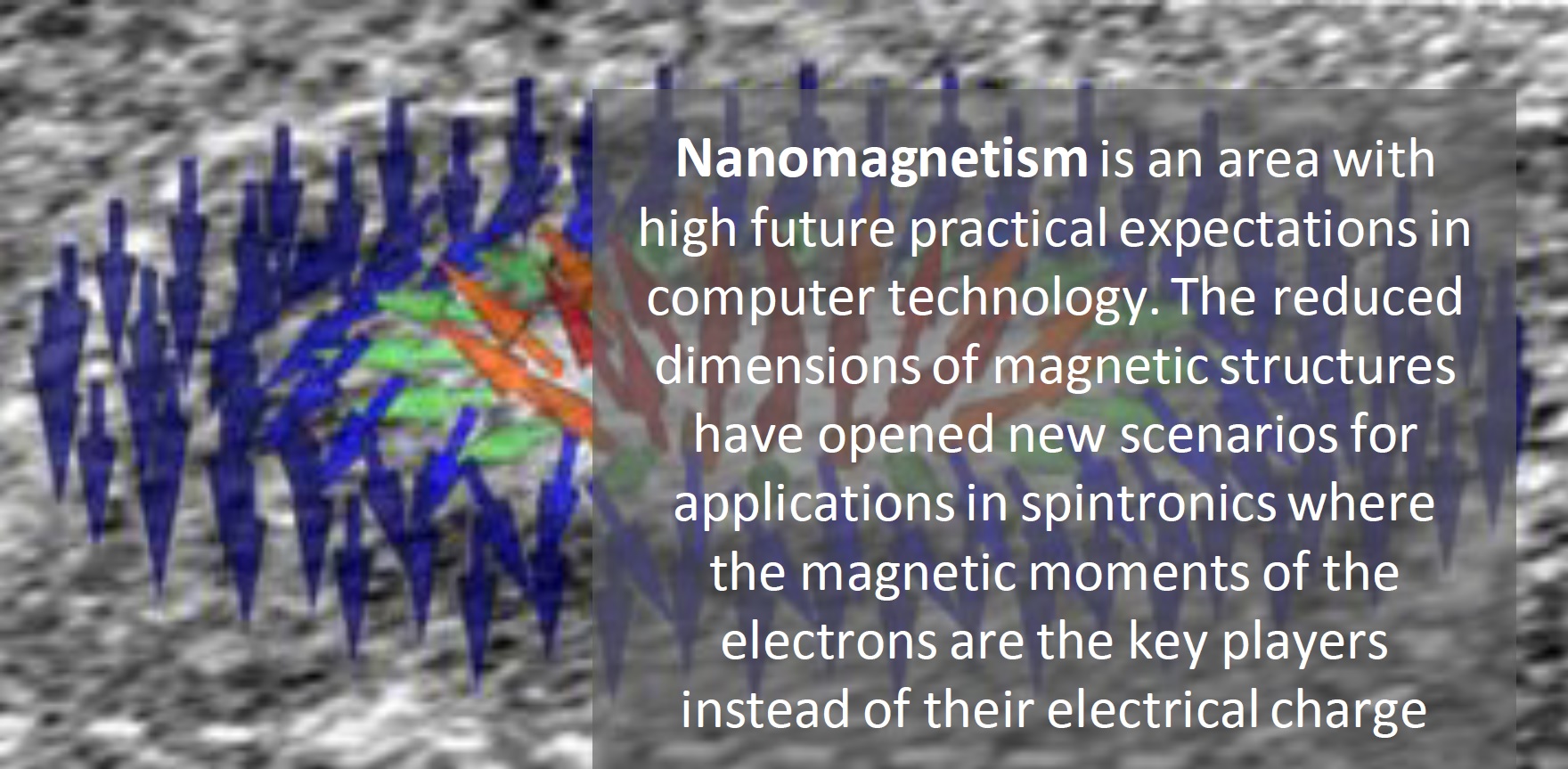ALBA Synchrotron
Social Media
ALBA (www.albasynchrotron.es) is a 3rd Generation Synchrotron Light facility located in Cerdanyola del Vallès, Barcelona, Spain, and it is the newest source in the Mediterranean Area. It is governed by a public consortium created in March 2003: the Consortium for the Construction, Equipping and Exploitation of the Synchrotron Light Source (CELLS), owned and financed in equal part by the Spanish and the Catalonian Administration.
ALBA has been identified as a “Singular Technological and Scientific Infrastructure” among the Spanish scientific infrastructures. It is networked with other Synchrotron Light Sources in and outside Europe through common European projects and bilateral collaboration agreements.
The facility is based on a chain of accelerators which produce, accelerate up to 3 GeV and store in a synchrotron ring electron beams which emit Synchrotron Light ranging from infrared up to hard X-ray of tens of keVs. Eight beamlines are in operation at the moment, with four more under constraction and the capacity to host up to 20. Buildings for conventional technical systems and for specialized laboratories complete the facility.

User Affilation
National
European
Non-European
Current Activities

© Sergio Ruiz / ALBA Synchrotron
ALBA is an instrument for providing solutions to societal challenges, from health to energy production and storage, from environmental challenges to communication advances, from understanding our cultural heritage to preserving it. It is a Third Generation Synchrotron Radiation (SR) facility located in Cerdanyola del Vallès, Barcelona, Spain, operated by the CELLS Public Consortium. It is jointly owned and financed by the national and regional governments.
ALBA was designed between 2003 to 2006. Construction and commissioning were completed in the following six years, with user operations starting in 2012.
Its heart is the accelerator complex, which is composed of an injector (a 3GHz Linac plus a full energy Booster) and a 3 GeV Storage Ring (SR). The nominal e-beam intensity in the SR is 250 mA and the horizontal emittance is 4.4 nmrad. Surrounding the accelerator, the beamlines exploit the synchrotron light capacities of probing matter, with each beamline specialized in a different technique based on one of the variety of interactions between light and matter. Several ancillary laboratories, available for operation and maintenance of the infrastructure and for collaboration, complete the installation.
Our Instruments
XMCD
XMCD (X-ray Magnetic Circular Dichroism) is a key tool for magnetic studies of thin layers, nanostructures, surfaces, and interfaces. Computing, magnetic memories, sensors, and a large number of devices utilize magnetism as a basic principle of their operation. The BOREAS BL, which is equipped with a shallow angle blazed grating in the monochromator, produces monochromatic high photon flux up to 4000 eV.
.
Soft X-ray Transmission Microscopy
High-resolution three-dimensional imaging of biological cells is one of the key tools in cellular biology, allowing visualization of cells’ inner morphology under different conditions. The Cryo soft X-ray full-field microscope, MISTRAL, allows the imaging of cells with high resolution 3D maps (around 50 nm).
It also provides a tool for characterizing magnetic materials, allowing high-resolution visualization of features such as magnetic domains and vortices.

a) X ray absorption spectra at the Ru L3 and L2 absorption energies from a 27 nm ferromagnetic film of SrRuO3 grown on SrTiO3. b) Linear dichroism spectrum obtained subtracting the two spectra in (a). /doi.org/10.1103/PhysRevB.91.075127
Scientific Priorities and Future Perspectives

© ALBA Synchrotron

© ALBA Synchrotron

© ALBA Synchrotron

© ALBA Synchrotron
Main objectives for the period 2017-2020
- To maintain and, where possible, to improve the excellent performance indicators reached over the first several years of operation.
- To complete the new beamline construction projects.
- To enhance ALBA capabilities based on the four strategic scientific priorities in line with H2020 European societal challenges and in collaboration with the user communities.
- To serve as the host for ancillary centers, e.g., an advanced microscope center
- To start mapping the evolution of the facility over the next decade, to maintain competitiveness in the photon source world.
- To strengthen the potential for innovation with focused programs for industry
- To foster the development of scientific communities in less-advanced countries through dedicated partnerships.
- To contribute to the education of a gender-balanced knowledge-based society and to raise public and political awareness of the need for scientific investments that will benefit the future of our world.


